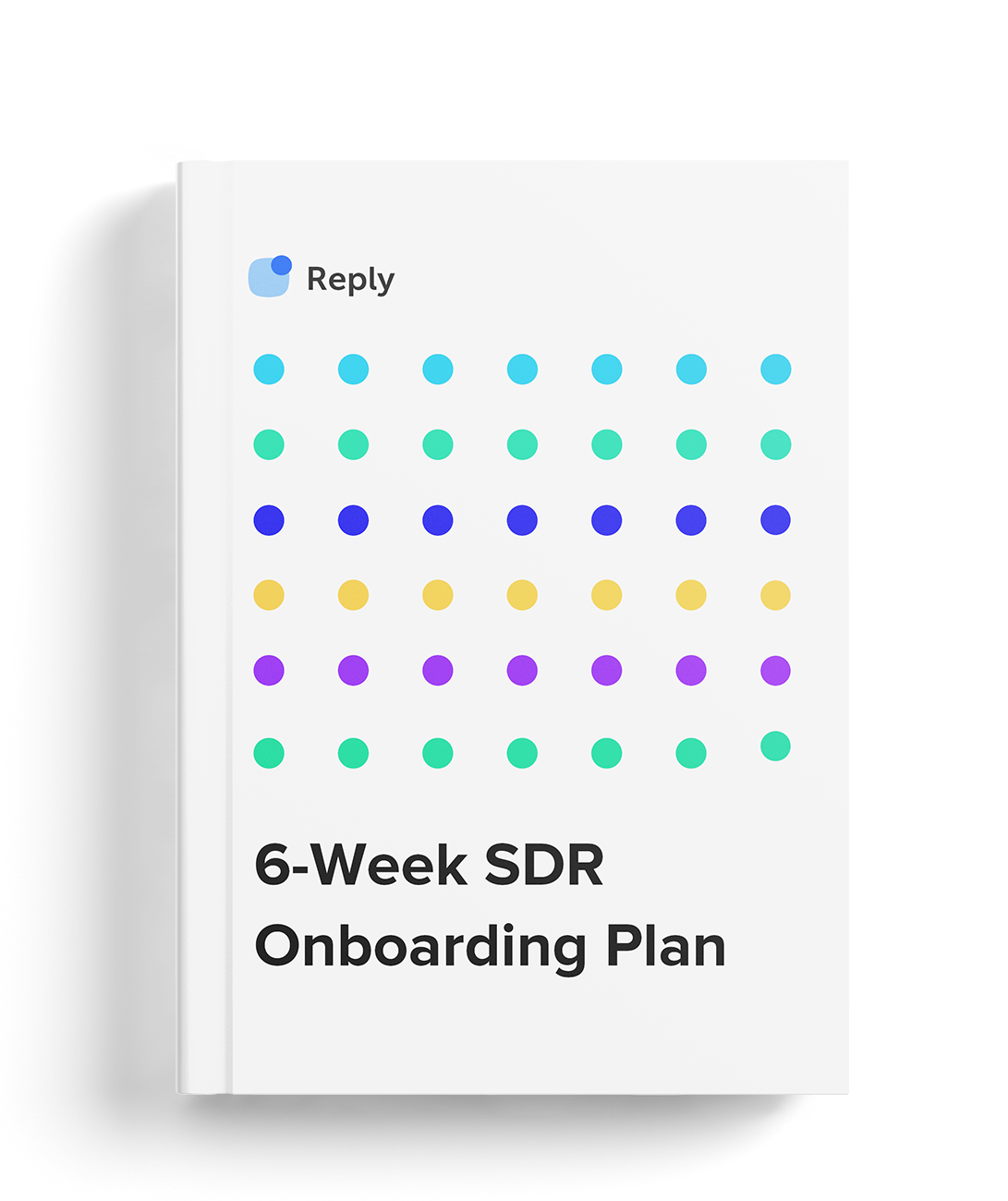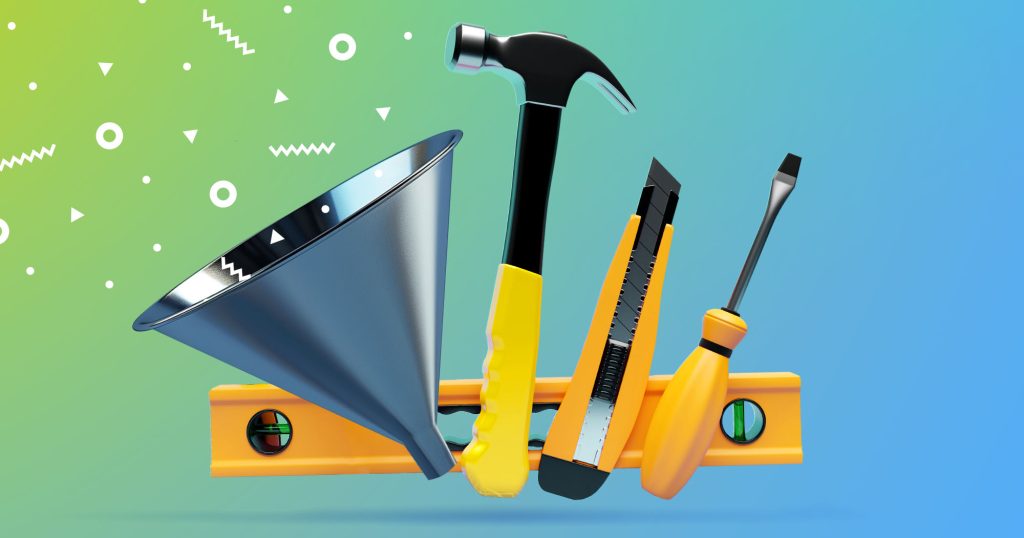Stuart: I think, Jason, you made an interesting point about AI and email writing. I think some of the challenges, people just lean into the tool, doing the work for them rather than using it to assist. If we were talking about email specifically, I think tools like Lavender are pretty cool for actually helping coach you and understanding how you can improve along the way.
You get kind of those scores and grades so you can see yourself improving and you almost end up competing with yourself. So I think it’s how it’s used alongside coaching and learning that can make the difference rather than expecting the technology to do the job for you.
At Dealfront, we are trying to make much more of a formalized learning for people. So part of what we’re doing at the moment, for example, is building out an SDR university and an outbound academy in a tool called Highspot. So we can kind of have on day one you learn this, on day two you learn this. And within that, we’re being considerate of everyone learning a bit differently.
We’ve got a bunch of videos in there and written content. Some of it is tasks and learning on the job, but it’s trying to mix up different ways that you can learn and absorb because everyone’s different.
And I think that’s one thing a lot of companies miss is they leverage technology as a one-size-fits-all and they slap learning within it and say, wham, there you go, learn, and then wonder why people aren’t as engaged with that learning along the way.
So we’re trying to leverage technology to best mix up our learning for our SDRs so that there’s something for everyone and it can be absorbed along the way.
What specific coaching techniques have proven successful specifically for you? Is there any approach that stands out?
Beth: The first thing that comes to mind is the philosophy that we have which is just really learning by doing.
I feel like there’s a ton that you could train someone and prepare them for, but the best way you just learn is by being in the same situation again and again and again, and ideally feeling confident that someone else is there to back you up or help if needed and support you.
But we just want people to learn on the job and then get feedback immediately after, and then try again. There’s a study I read forever ago that stuck with me about two art classes where people needed to build clay pots. And in one class they were graded on the quality of the clay pots. And the other one, they were graded on quantity. And the ones who try so hard to make it perfect, their pots were way worse than the ones who just rapid fire were creating pot after pot after pot because you learned by experience.
So that’s the environment that we try to set is like, it’s okay to make mistakes. Just keep trying and be out there and get feedback and keep iterating and improving.
Jason: So, I think the frontline leader is the most neglected position. Typically in the sales org, they get the least amount of training, it’s usually a top rep that worked up, and they get zero training on how to actually teach stuff. Rain Group has an interesting stat — reps forget that 85% to 90% of the training that they get is no longer effective after a quarter.
The reinforcement of the stuff that you teach is the more important part of the equation. So I have a framework that I teach to frontline leaders called the reinforcement loop. It’s very simple: teach, practice, observe, and coach.
So teaching is different from telling. So I can’t just say, hey, George, instead of sending this email, why don’t you send this one? That’s not really teaching. You’re not giving someone the ability to fish. You’re just telling them what to do.
Practice is the most neglected piece. A lot of times in sales we practice on prospects. We try something for the first time in a live high-stake situation so that’s everything from role plays, which can be done in team settings, one-on-ones, etc.
The observe piece, so actually taking time to watch the rep in action, and then deliver coaching. And you got to do all of those things. The most neglected pieces that I see are the practice piece and then the coaching piece.
What kind of feedback do we have, what scorecards do we use? Do we create an environment where a rep can self-diagnose their own problem and attempt to help themselves? That would be the framework that I would recommend, looking at those four pieces and kind of grading yourself in each of those areas.
Stuart: I think one of the things that I’ve found works really well is, at Dealfront, when we email people, it’s hyper-personalized. That’s just the model that works for us and gets us really good results.
And so one thing we implemented during our onboarding process was essentially part of that learning by doing, but in a non-pressurized environment.
And so our new SDR hires as part of their onboarding will use the Deal front platform to go and find 10 or 20 or 30 prospects in their region in the right markets, the correct ICPs, and then use the model that they’re taught to write outbound emails to those people.
They then send those emails to the SDR leaders or team leaders like they’re the prospect, who will then provide feedback and critique them, and throughout the onboarding process, the SDRs will iterate those emails and continue to kind of revise them until they’re happy and comfortable with them.
And at the end of the onboarding model, those are the emails that they send out first into the field to their actual prospects. And so it’s that learning by doing, but just using that email part as an example and how we coach that, I absolutely stand behind that as well. I think that’s the right way to do it.
![How to Unlock Your SDR Team’s Potential with Training & Coaching [Webinar Transcript] How to Unlock Your SDR Team’s Potential with Training & Coaching [Webinar Transcript]](https://reply.io/wp-content/uploads/transcript_how_to_unlock_your_sdr_teams-1-1080x567.jpg)




![Upselling and Cross-selling: The Go-To Guide [+7-Step Framework Inside] Upselling and Cross-selling: The Go-To Guide [+7-Step Framework Inside]](https://reply.io/wp-content/uploads/upsale-1024x538.jpg)
